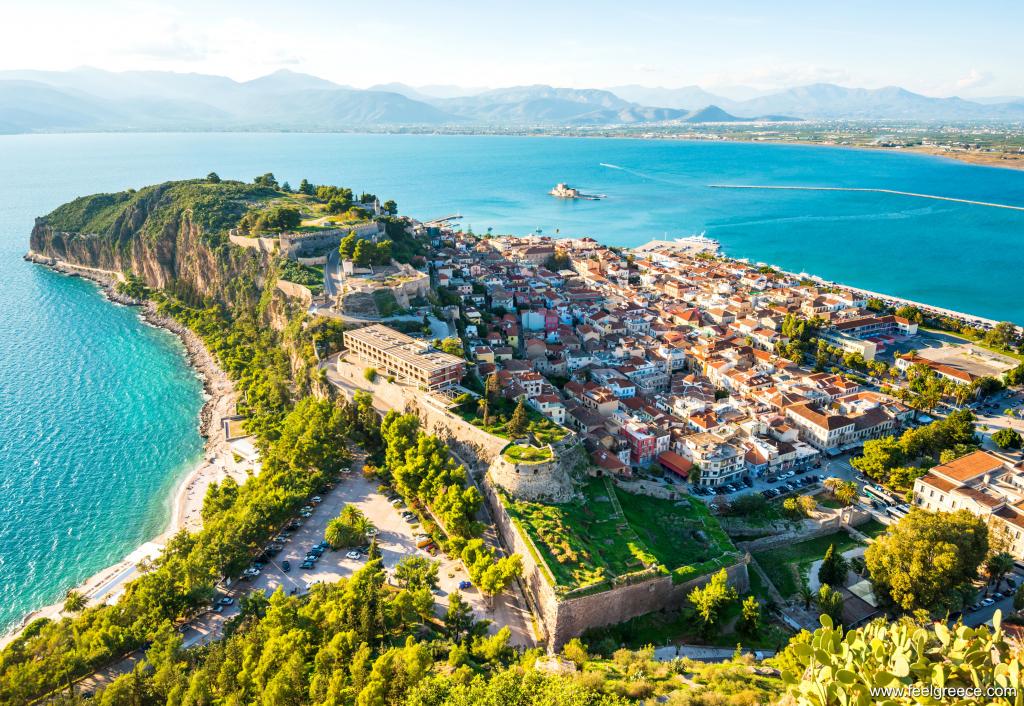Panathenaic Stadium of Athens (Kalimarmaro)
Associated with the Modern Olympic Games, the Panathenaic Stadium is one of the most popular attractions in Greece. The only stadium in the world built entirely of marble, the Panathenaic Stadium in Athens is commonly called Kallimarmaro (meaning beautiful marble). An architectural masterpiece of great historical significance, the impressive stadium is sure to leave you in awe. Its history begins in 330/29 BC. and extends to modern Athens. Here’s everything you need to know about the Panathenaic Stadium in Athens.
The History of the Panathenaic Stadium
Among other public works that Lykourgos, an Athenian politician, began to commission in 338 BC, was the construction of a stadium between the hill of Ardittos and the banks of the river Ilissos. The ancient stadium, which later became the site where the Panathenaic Stadium was built, was inaugurated in 330/29 BC, when the Great Panathenaia was first held. Several centuries later and during the Roman period, the orator and sophist Herod, son of Atticus, built many buildings throughout Athens.
During that time, he also made important changes to the stadium that Lycurgos had built, turning it into the magnificent architectural masterpiece that we see today. Between 139 and 144 AD, the stadium took its current horseshoe shape and rows of white Pentelian marble seats were added to form a spectator area. In addition, the track has seen several changes. Marble slabs separated the start line from the finish line, and double-faced cabinets adorned the track.
In addition, the stadium was decorated with statues of marble, bronze or gold and the temple of the goddess Tychi/Fortuna. The Panathenaic Stadium had gained world fame and attracted travelers. However, when Christianity took hold, the once glorious stadium was abandoned. Sports events ceased to take place and its marbles were used for the construction of other Athenian buildings.
Traces of the ancient Stadium of Herod Atticus were revealed in 1836 and 1869 in the excavations directed by Ernst Ziller. Based on these findings, the stadium was reconstructed with Pentelian marble. The architectural masterpiece came to the fore again in 1896, when it hosted the first modern Olympic Games. Throughout the 20th century, the Panathenaic Stadium hosted many events and was of course the site of the finish line of the Marathon race at the Athens 2004 Olympic Games.
Why you should visit the Panathenaic Stadium
Whether you are interested in the history, architecture or antiquity of Greece, the Panathenaic Stadium will captivate you with its history. It is not only a symbol of noble competition that represents the ideals and values of the Olympic Games, but it is also a spectacular landmark.
Activities at the Panathenaic Stadium
Hear its story with an audio guide as you explore its amazing construction. Audio guided tour is available in multiple languages and provided on site.
Be sure to explore every corner of the field and take as many photos as possible. If you climb to the upper tier of Stand 21, you will be able to capture the glorious Acropolis and Parthenon, Philopappos Hill, the unique Temple of Olympian Zeus, Lycabettus, Zappeion and the National Gardens.
In the Atrium, you’ll find two large screens featuring ‘Memories of the Olympic Games: Posters and Torches from 1896 to the Present’ and highlights from the Athens 2004 Olympic Games. There is a multimedia touch screen table that allows visitors to play and interact.
Now, if you are wondering if you can run in the Panathenaic Stadium, the answer is yes, you are allowed to jog in the stadium from 07:30 am. until 09:00 am So, if you’re in the mood for a run, put on your comfortable (athletic) shoes and follow in the footsteps of historical athletes.
Visitor information: Entrance ticket and opening hours
The Panathenaic Stadium is open to visitors from 08:00 – 19:00 from March to October and from 08:00 – 17:00 from November to February.
The general admission ticket is €5.00 but there is also a reduced price for students and visitors over 65 years old. Visitors with disabilities and children under the age of 6 are entitled to free entry.
In general, the morning and evening hours are the best time to visit the Panathenaic Stadium. However, in the summer due to the high temperatures of Athens and because of the marble, it can be very hot even in the morning. Therefore, it is recommended to visit it as early in the morning or late in the evening as possible. On the premises there is also the official museum shop and a cafe which is open daily.



